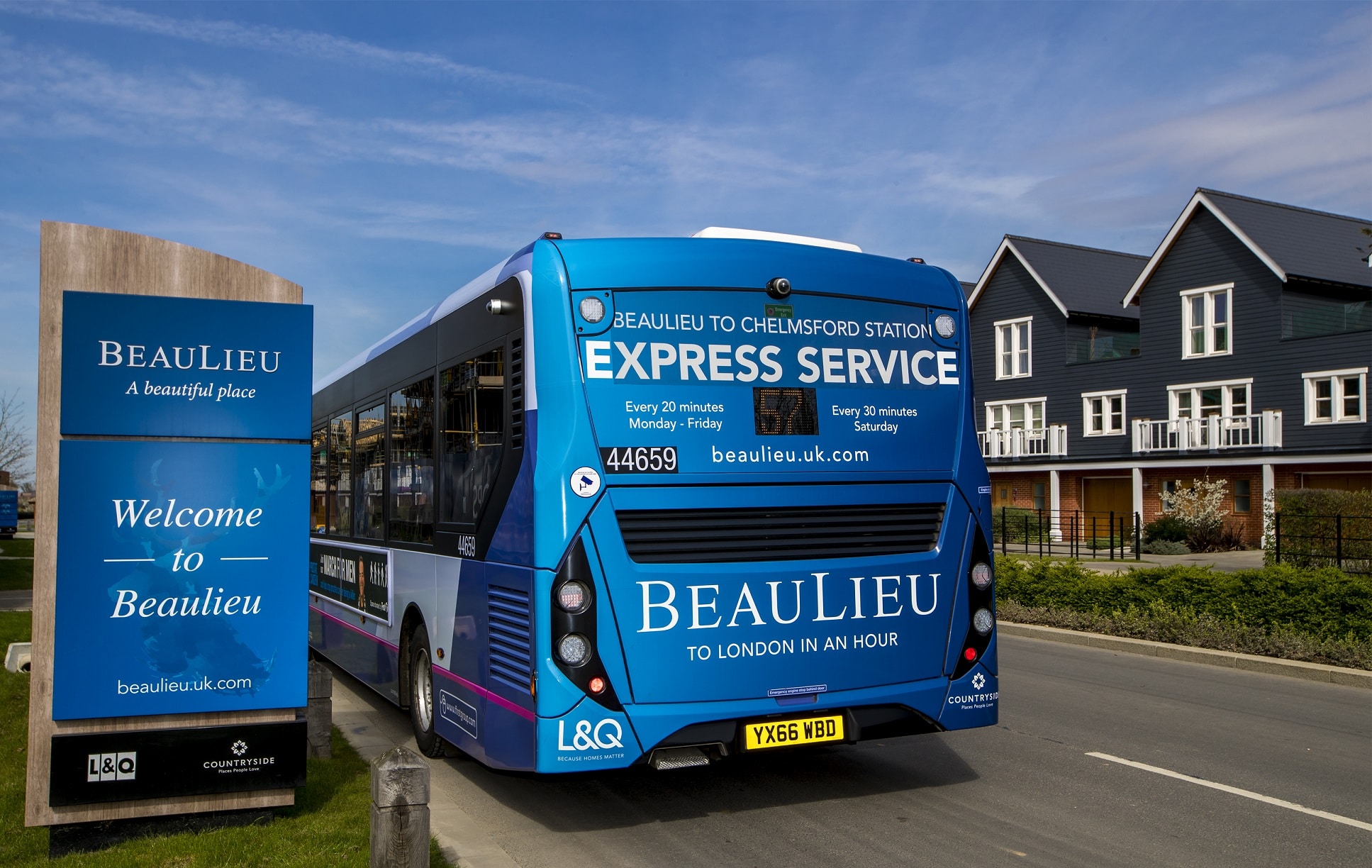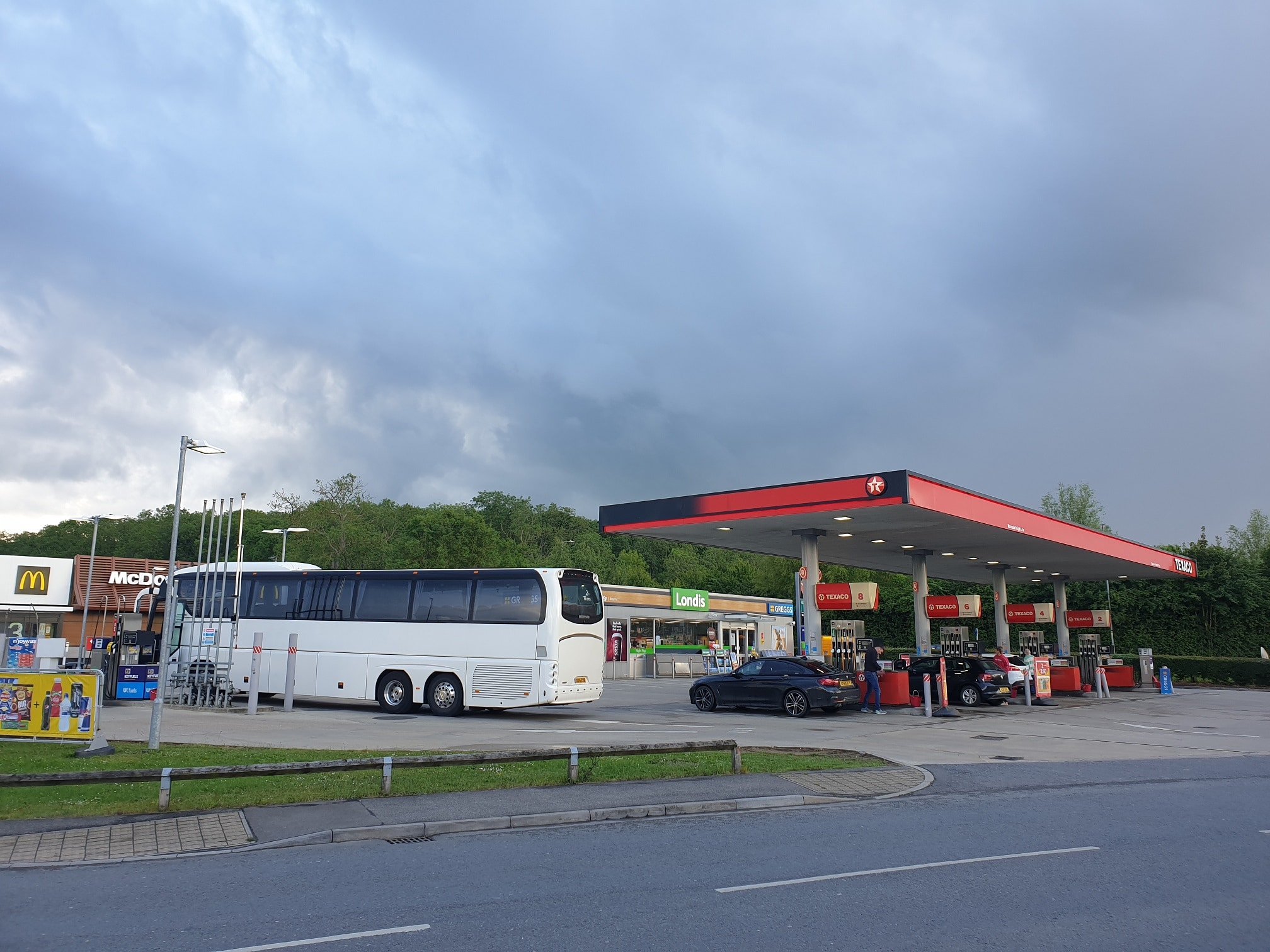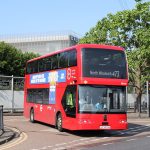The Levelling Up and Regeneration Bill for England creates more complexity and fails to resolve transport issues.
Expert advice missing from how planning policy sits with bus
One of the biggest issues of the current planning policy is that a lot of it is guidance, rather than statutory requirements. The Bill brings in the notion of community design, whereby site neighbours get a say in the design of the site. While there is room for neighbours to have a say on aesthetics, road layouts should be based on logic and expert advice.
The missed opportunity here was to turn guidance into legislation. Forcing developers to design in aspects such as grey water recycling seems the only way to make all new developments sustainable.
Designing in sustainable transport means ensuring that the main internal roads are suitable for use by buses, bus stops are attractive and in accessible and logical locations, and foot and cycle paths don’t end in a field or at a dual carriageway verge.
Section 106 loophole must be closed
The Section 106 (S106) planning obligation is, in theory, a good idea. Larger new developments must set aside affordable homes and funding for a bus service, cycle parks, etc.
While S106 must be paid for any site of over 10 houses, some requirements on begin with higher numbers. Unfortunately, the threshold for funding a bus service can be avoided by splitting a large site into separate development plots.
That creates estates made up of silo developments with no funding for public transport and often no connection between neighbouring sites, meaning that any bus service must run past rather than through the development.
The Bill misses the opportunity to either tackle the obvious avoidance of S106, including forcing neighbourhood sites to be part of a development-wide plan, or to merge S106 into the wider Community Infrastructure Levy.
The benefit of the latter is that the charge is based on land value rather than the size of the development. Ensuring that a proportion of the levy is set aside for public transport would then allow a scaled solution based on overall site size.
‘Design in’ bus services as part of planning policy
While not part of the bill, there is a push for so-called 15-minute neighbourhoods. The idea is that everything a resident needs is within 15 minutes’ walk or cycle time from home.
Currently there are too many developments without shops, schools or doctors’ surgeries built in. Nevertheless, in reality, to have a choice of employment and to access larger health and leisure developments, travel beyond the 15-minute boundary will be needed.
However, if public transport is not designed into these neighbourhoods, including creating a consistent level of demand, it is hard to provide efficient accessibility retrospectively or on an ad-hoc basis.



























